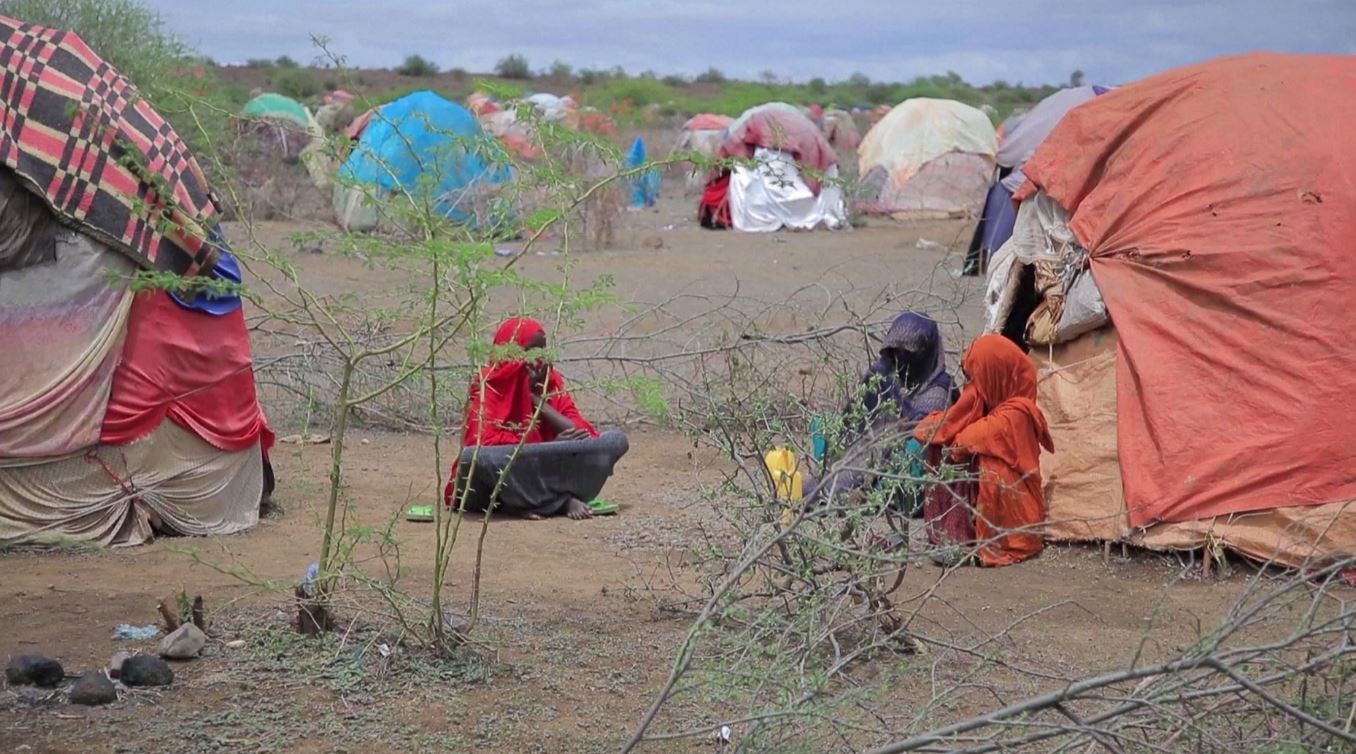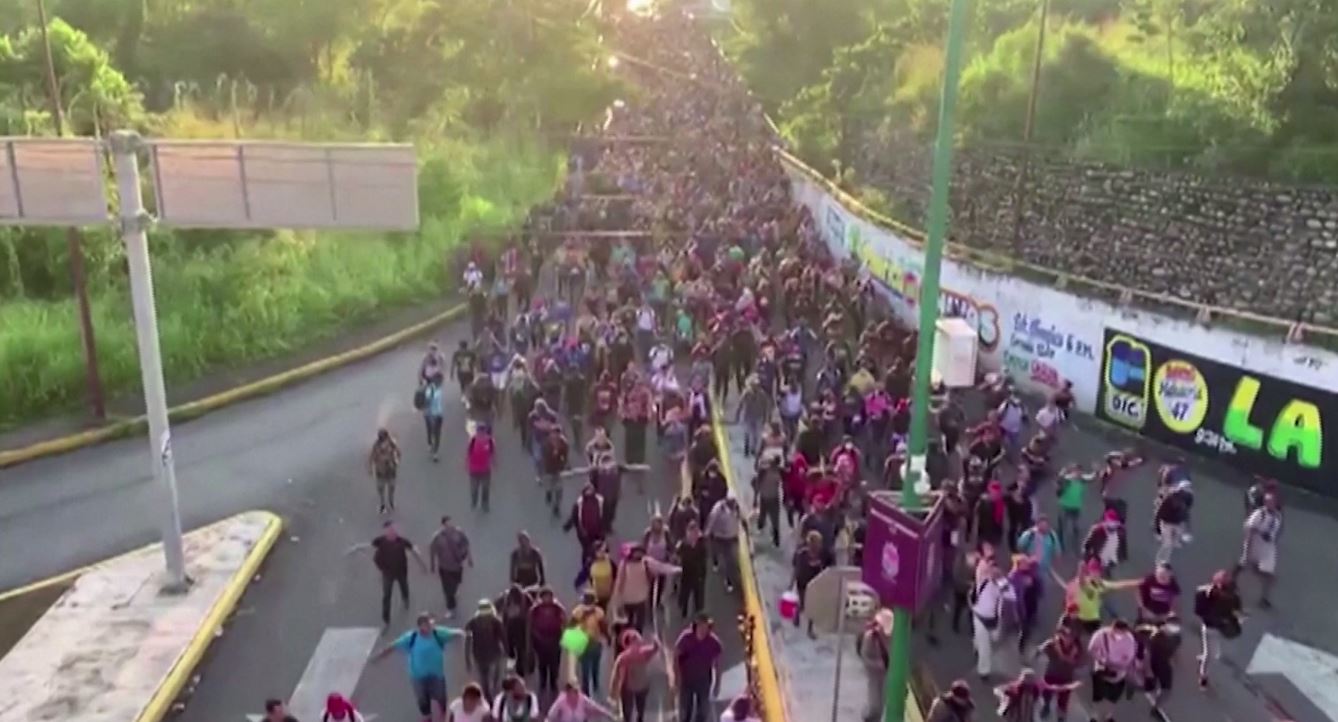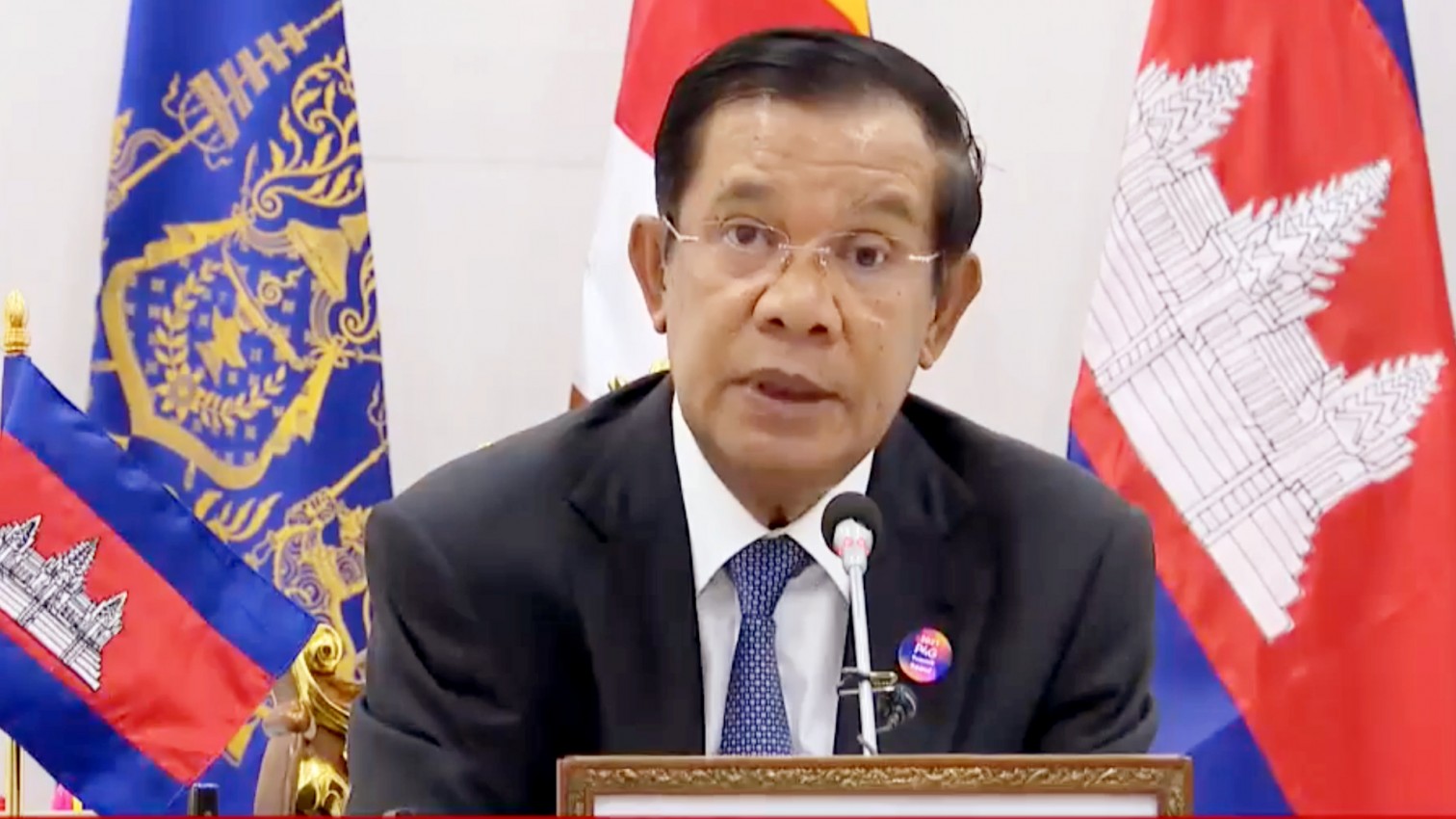Malnourished Kids Crowd Hospital As Ethiopia Hit By Worst Drought In 40 Years
PHOTO: DISPLACED PEOPLE'S CAMP PEOPLE IN CAMP SOUNDBITES FROM DISPLACED WOMAN, PAEDIATRICIAN AND WORLD FOOD PROGRAMME SPOKESPERSON MALNOURISHED CHILDREN IN HOSPITAL
INTERNATIONAL: Malnourished children are flooding into the paediatric ward of the main hospital in the Ethiopian city of Gode as the worst drought for 40 years has forced many families to leave their homes to search for aid.
Nimo Mohammed, a 35-year-old mother of nine who is about to have another baby, now lives with her entire family in a displaced people's camp in the city, located in Ethiopia's southeastern Somali region.
More than 10,000 people are getting aid there - most of them women and children.
On Tuesday 27th April , Mohammed told Reuters the drought had "devastated" her family, causing them to lose their home.
Her family of 11 is now living in makeshift houses made of sticks and covered with plastic sheets or clothes.
Adults at the camp are regularly missing meals to ensure children are fed, Mohammed said.
At Gode General Hospital, Reuters saw around a dozen malnourished children being treated.
Pediatrician Mohammed Amin said that numbers started to spike around five months ago.
Amin said the hospital has treated 140 malnourished children, four of whom have died.
He added that this figure does not include those in the local displaced people's camp.
Last year, the hospital received 188 malnourished children, but now they saw that in a single month, Amin said, adding that many families were arriving with several malnourished children.
The Horn of Africa region is facing the driest conditions in more than four decades after three consecutive rainy seasons failed, according to the United Nations' World Food Programmed (WFP).
The WFP said around 15 million people need food in the Horn of Africa, a figure that could rise to 20 million by the end of the year.
Claire Nevill, spokeswoman for WFP, said the drought was the latest in a series of climate shocks that have "compounded the food insecurity situation" in the region.
Migration Crisis Is Brewing As Cubans Flock To The United States
PHOTO: HAVANA'S WATERFRONT FILE OF CUBANS PROTESTING OUTSIDE PANAMANIAN AND COSTA RICAN CONSULATES AFTER ANNOUNCEMENT OF VISA REQUIREMENTS MIGRANT CARAVAN IN MEXICO FILE OF CUBAN MIGRANTS INTERCEPTED AT SEA FILE OF CUBAN MIGR
The number of Cubans leaving their homeland has soared in recent months. The migration, often via irregular and dangerous routes over land and sea, has sparked new tensions between the island´s communist-run government and the United States, the principal destination for Cuban migrants.
The long-time adversaries held high-level talks focused on the crisis for the first time in four years in April.
In November, Nicaragua, a close political ally of Cuba, waived its visa requirement for Cubans, saying the move was intended to promote commercial exchange, tourism and humanitarian family relations.
But among Cubans, a flight to Nicaragua is now seen as the path of least resistance for those seeking to escape a grinding economic crisis on the island that has led to food and medicine shortages and last July, the largest anti-government protests since Cuban leader Fidel Castro´s 1959 revolution.
The coronavirus pandemic and tightened U.S. sanctions under former president Donald Trump have aggravated that crisis, contributing to the clamor to leave the island.
Nearly 80,000 Cubans have been apprehended at the U.S. border with Mexico in the six months since October 2021. In March alone, more than 32,000 Cubans were picked up, nearly twice that of the previous month, according to U.S. Customs and Border Protection statistics.
If that rate holds, the current, Nicaragua-driven migration would outpace that of the 1980 Mariel boatlift, when Castro opened Cuba´s ports to U.S. vessels and an estimated 125,000 people left the island.
The United States has long given preferential treatment to Cuban migrants arriving at its border, a vestige of Cold War-era policy when communist Cuba was closely allied with the U.S. arch-rival the Soviet Union.
Even today, few Cubans, once across the border in Mexico, are turned back, U.S. statistics show.
The Biden administration, however, has recently said it is working with regional allies to stem rising numbers of migrants arriving at its southern border, including Cubans.
Costa Rica, the Dominican Republic and Panama have all recently implemented or announced measures requiring "transit" visas for Cubans passing through their airports en route to Nicaragua, incensing Cubans who saw their travel plans frustrated. Those affected have protested at embassies across Havana.
Yes, in 1984, 1994 and 1995 and 2017. Those agreements remain in effect but were modified under former U.S. President Barack Obama in January 2017. That accord commits the United States to "ensuring legal migration from the Republic of Cuba with a minimum of 20,000 persons annually."
The United States, which scaled back embassy staff in Havana following unexplained health incidents in 2017, has since fallen far short of that commitment but has promised to speed visa processing overall for Cubans and resume some consular services in Havana in May.
The same 2017 agreement commits Cuba to "receive back all Cuban nationals...found...to have tried to irregularly enter or remain in that country in violation of United States law."
The Cuban government has not accepted deportations of Cuban nationals via charter or commercial flight from the U.S. for at least six months, a U.S. government source with knowledge of the matter told reporters.
Both countries have painted the April high-level migration talks in a positive light, though they struck no firm agreements.
A senior Biden administration official called the conversations "the beginning of a good dialog," while Cuba´s foreign minister said they were, "without a doubt, a positive sign."
NATO Deploys Patriot Missile Defiance System To Slovakia
The Dutch-German Patriot detachment deployed to Sliač Air Base, Slovakia, has undergone training drills to integrate with NATO Integrated Air and Missile Defiance Command and Control System.
A Dutch-German Air and Missile Defiance Task Force deployed Patriot surface-to-air missile systems near Sliač Air Base, Slovakia in April to reinforce defense capabilities on NATO’s eastern flank following Russia's invasion of Ukraine.
The Patriot systems will contribute to the NATO Integrated Air and Missile Defence System (NATINAMDS), a network of interconnected sensors, command and control assets, and weapons. These ground-based defensive systems will strengthen the integrated shielding of NATO's borders and will protect Slovakia from missile threats.
NATO Integrated Air Missile Defence (NATO IAMD) is an essential, continuous mission in peacetime, crisis and conflict, safeguarding and protecting Alliance territory, populations and forces against any air and missile threat and attack. It is an essential element of NATO’s deterrence and defence.
COLONEL JÖRG SIEVERS - COMMANDER OF THE GERMAN AIR MISSILE DEFENCE WING 1 AND TASK FORCE COMMANDER IN SLOVAKIA“The Patriot system is used for the protection of our own troops, for the protection of population, for the protection of cities, of critical infrastructure - that can be shipyards, it can be nuclear power plants - over which we spread a protective bell with the Patriot system and make sure that there are no unauthorized aircraft, missiles endangering this protected object and therefore ensure the security on the ground for these troops and objects.”
























